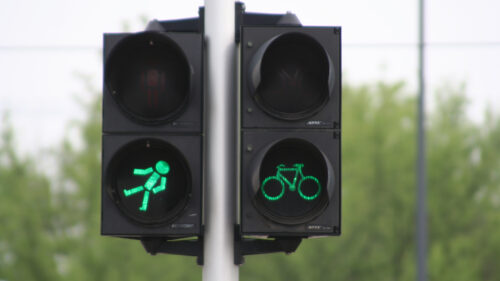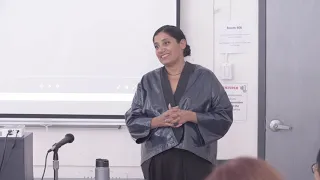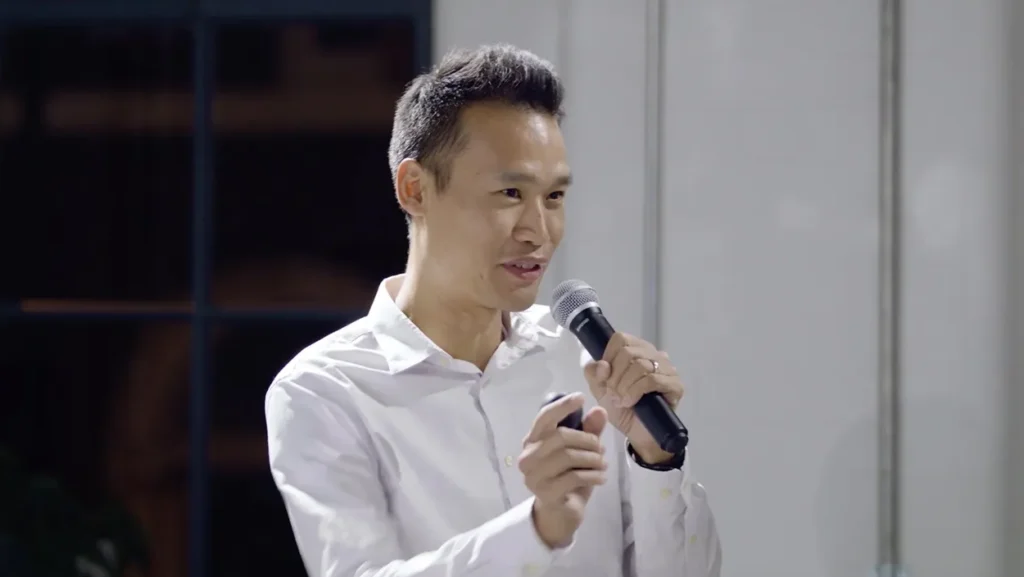There are almost 1,4 million children aged 7-12 living in urban areas1 in Poland, who constitute 6% of the population. It is a big group of people who experience limited independence, cannot vote (so are rarely asked for opinions by politicians), but at the same time, advise their parents on purchases of apartments, cars, or electronics.2 The period between 7 and 12 years old marks a big change in children’s social development. At the age of 7, they begin compulsory education and are legally permitted to travel on their own.
Being professionally involved in the property sector and simultaneously being a mother in Warsaw, I got interested in the extent to which urban space is open to receive children. Three years ago, I started researching the topic with my daughter, who was 8 years old at the time. She could legally travel on her own – she knew how to get to school but she refused to do it. In order to find out what were the barriers to children’s independent traveling in a big city, I started conducting “accompanied interviews” with her and her younger brother.
I decided to concentrate on the way to school, as it was the route she covered every day. It was repeatable, familiar, and therefore easy to be taught and practiced. For example, which tram goes to school, the need to be more careful in specific places, as well as potential deviances, such as the tram turning instead of going straight and broken street lights, were all familiar aspects of the route. I followed my children. I observed, asked questions, and discussed things that were funny, pleasant, and easy, as well as difficult and scary. I also asked them to take photos, so I could see how the city looked from their perspective.

Eventually, my research developed into a bigger project, where I conducted workshops for 8-year-old children in my daughter’s school. I chose that school because the urban experience of children differed there. It is a public school in the center of Warsaw, easily accessible by bicycle, public transport (bus, tram, metro), or a car. Because it has a high ranking, there are many children commuting from further parts of Warsaw, and not just local children attending.
I was interested to find out how children perceive urban space. The workshop started with an introduction, which was aimed to familiarise children with the topic of the workshop as well as with me, who was new to them. I wanted to avoid them attempting to impress me and give “right” answers that they would think I expected to hear. We discussed their attitude to independent traveling and their way to school (they were explaining and drawing maps showing how to get from school to their home). Later I took them out – equipped in cameras and regular maps – for a walk in a neighborhood. Their task was to mark and photograph things they liked and did not like. They really enjoyed taking photos, but to my surprise, they had difficulties with translating their 3D world into a simple 2d map showing streets and buildings. Upon the return to school, I asked them to look at their photos at home, choose one that was the most important, and send it to me with an explanation.
This was partly because we had no time to go through all the photos and partly because I wanted to give children time to reflect on what we did during the workshops individually. As a result, I did not get photos from everybody, but the outcome was more personal – I received comments they would not give me in front of the group.
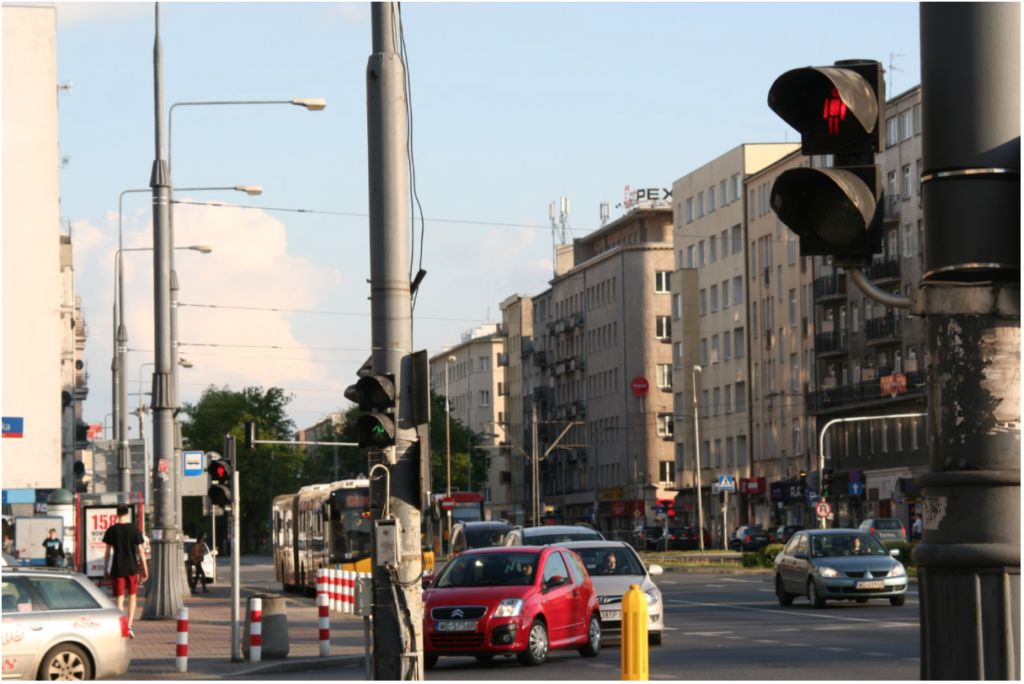
I shortly noticed that although the infrastructure is very important, in the center of Warsaw where we live and where school is, it was not a key factor in my daughter’s dislike of independent traveling. Even when the infrastructure was a little difficult or illogical, she was covering the way from home to school and I could teach her where to be careful or prepare her for possible deviances.
Initially, I had planned to analyze the inclusiveness of urban infrastructure – pavements, road lights, bicycle paths, city transport. Talking to children during my research, I became fascinated with their perception of the city, and I discovered a whole range of other issues. Most notably, children’s developmental needs of safety and play are translated to urban space.
MENTAL MAPS
During workshops, I realized it was difficult for 8-year-old children to use regular maps. They explained their perceptions to me by drawing their own maps and describing how to get from one place to another. Their maps of cities were not made of a net of streets with names, but of orientation points and experiences as well as smells, sounds, views, and textures. (This is not much different from the way streets were originally named – after landmarks, typographic features, or the places they led to).
My children, when asked how to get from home to a tram stop do not say that “it is on a square north from our building,” as I would do. They explain that “one needs to go past a bread shop, (which smells nicely of cakes), pass a bank with a big door that opens every time someone passes, then turn and cross the street where a little puddle from washing fire engines always is (and which has ice to break in the winter), and lastly pass the cafe, where we usually have our birthday breakfasts”.
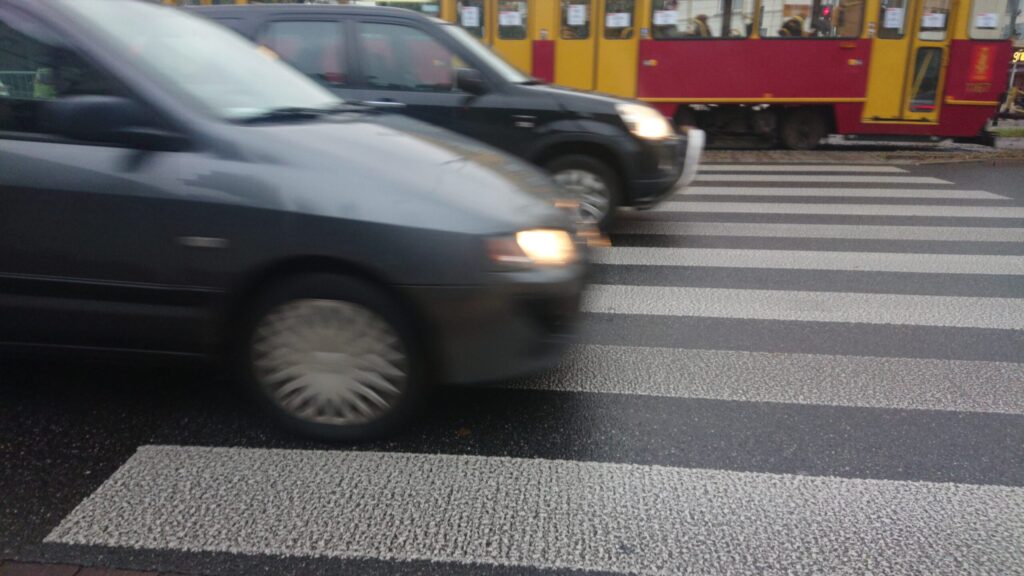
NEED OF SAFETY
Children need to feel safe, and in urban space, safety means friendly and pleasant surroundings. That conclusion confirms what I have heard from researchers all over the world. Children, regardless of where they live, always talk of the same likes and dislikes. They enjoy green areas, spaces they can meet and interact with others and have the freedom to discover things; and they dislike cars on streets, vandalized spaces, aggressive adults, and rubbish.
Another aspect of feeling safe is predictability; the world, including adults and non-living things, need to follow pre-established rules. Unfortunately, often the first rule that children in Warsaw learn is: there are no rules. During workshops, they pointed out the lack of security that came from adults not observing the rules which children were taught at home or school. Such as, parents and deliveries driving, parking, and reversing on the zebra crossing outside of schools, cars driving through green lights for pedestrians, the inability to cross a street or get off a tram or bus because adults are not observing the rules of walking on the right and letting people out before getting in. Additionally, children also expect predictability from non-living things such as city lights or transport systems.

During one of her independent trips to school, my daughter noticed that a digital board on a tram stop was announcing tram arrivals of many different trams. She chose to walk to school instead of waiting for her tram. For adults, these boards are only representations of timetables but in a child’s world, especially in situations where they have to count on themselves, the fault of one element can make the whole system appear unsafe.
Safety means also feeling included and welcomed. In Warsaw, children often get the message that they are not important in an urban space. Warsaw is a city dominated by adults who are not used to looking down to notice children, and who, by breaking the rules, exercise their physical dominance. The children I spoke to talked of adults either blocking them from getting off a crowded bus or, when biking, from starting first on a green light, even though they were waiting in the first line. Another common complaint was traffic lights prioritizing drivers. Children’s perception is that it takes ages for lights to change, and sometimes children have to wait more than once to cross to the other side because big road crossings are usually divided into two or three sections, and are impossible to cross during a single green light. Children also pointed out that trams or buses with high steps (though they are being replaced by low floor vehicles), are difficult to enter, especially with a heavy school bag on.
NEED OF PLAY
Another core need of children is the need to play, which they also introduce into urban space. Children are in a constant dialogue with urban space. Either by using the city’s infrastructure as a playground or by telling tales in order to build connections with places.
The most obvious way for children to introduce play into urban space is to respond to the infrastructure. Observing children on the streets, it is easy to see that they use benches, walls, or steps as opportunities for physical exercise, climbing, jumping, and running. Other parts of infrastructure are invitations to play as well. My children, for example, used to play a game of avoiding broken pavement slabs or the black tarmac while on a zebra crossing. Non-typical situations also create opportunities for play, like the green man on a crossing light turned 30 degrees. To a child, that presents a challenge to walk the crossing crooked, copying the pictograph.
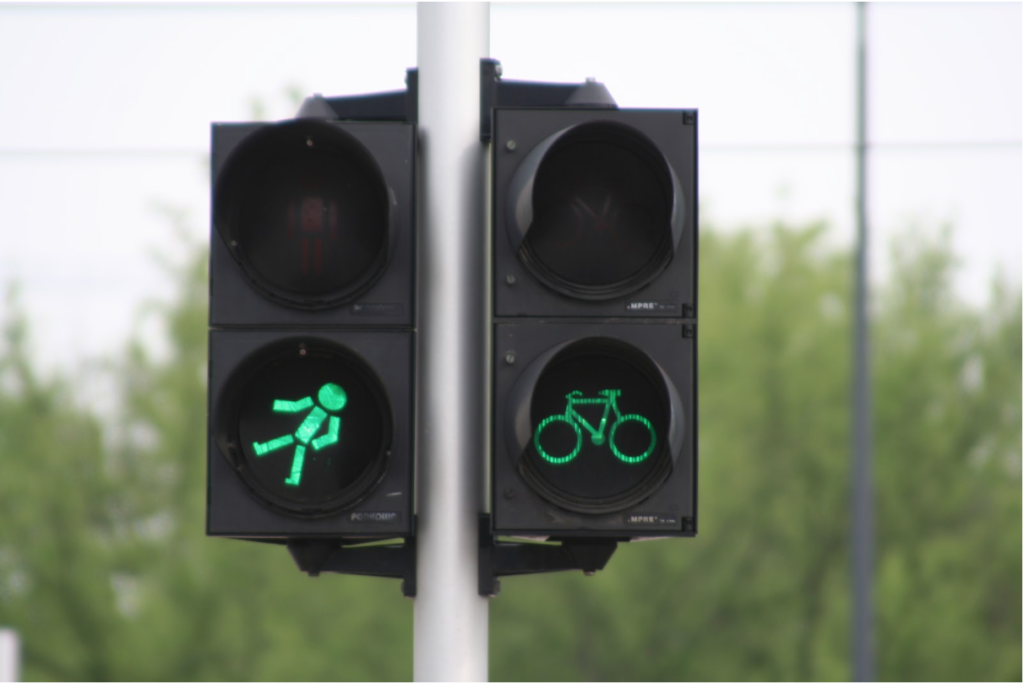
Another component of play in urban space are ‘tales and magic spells’, which give a sense of control. My children love to use ‘magic’ to change things they do not like — they feel it is the only way for them to get a sense of influence on the city. For example, spells can speed up the change of lights or make a bus come quicker.
Apart from helping to establish where places are, stories are important in comprehending the incomprehensible organism of the city. Sometimes, they are stories of the past, or they involve animating non-living objects to build connections with places. Sometimes they are stories of places children find scary.

This squat is near my daughter’s school and serves an alternative culture and social center. The building is painted black, has wood in place of some windows, and has much graffiti on it. Workshop discussions showed the place grabbed children’s imagination – they were inventing scary stories about the building and its inhabitants, some even walked the other side of the street to avoid passing it.
After the workshop, I organized a visit for children there. They had a chance to see the place, meet its inhabitants, play instruments in a concert room, paint graffiti, and become familiar with the space. As a result, children stopped fearing the place and the squat gained faithful ambassadors!
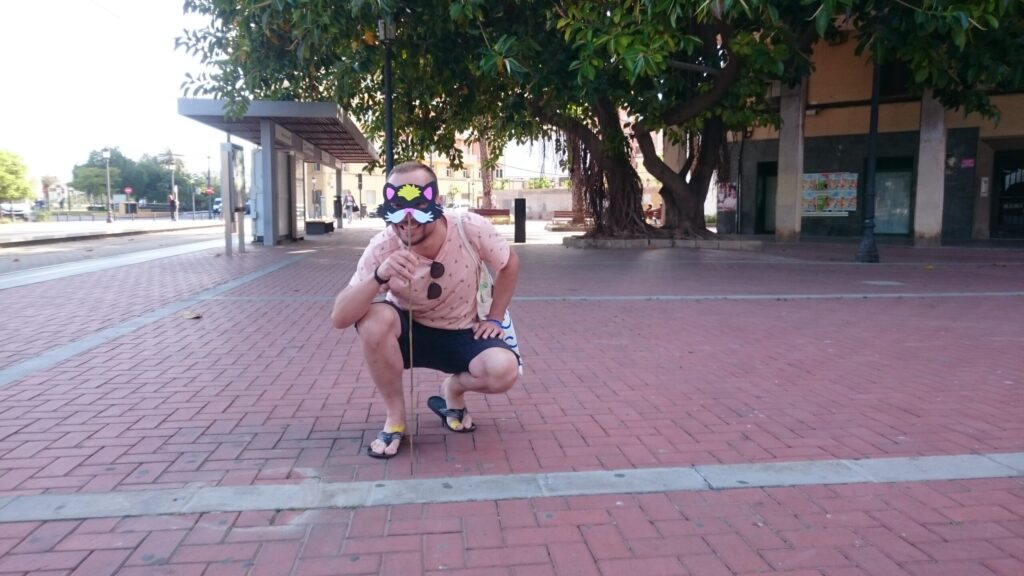
We can also experience some of what children feel to connect with them more deeply. There is an easy exercise proposed by the Bernard van Leer Foundation where participants go out into city space with 95 cm high sticks and masks to experience the city from that height. I recommend this exercise to everybody. It helped me experience what I knew from children’s stories: to sense how bad car exhausts smell, how dirty streets are, and how scary grown-up people might look.
Conclusion
I wish children could feel important and influential in urban spaces. I believe the answer to that is to ask, listen, and react both on a micro-scale – as caregivers – and on a macro scale by including children in the planning process. We should talk to children without presumptions and an attitude of ‘knowing better’ about their experience and validate their experiences. Although my initial plan had been to study the inclusiveness of urban infrastructure, my assumptions were tested, and I discovered that safety and play are very important in the perspective of children and the infrastructure was adequate. By challenging our assumptions and engaging with children, we can more fully realize their perspectives which will allow us to create more accessible cities for children, but also for all of us.
References
- 1 Demographic Yearbook of Poland 2019, Statistics Poland. https://stat.gov.pl/en/topics/statistical-yearbooks/statistical-yearbooks/demographic-yearbook-of-poland-2019,3,13.html
- 2 Research “Children’s influence on adults’ purchase decisions” (Poland, 2013), Polski Program Jakości Obsługi, www.jakoscobslugi.pl
- 3 Demographic Yearbook of Poland 2019, Statistics Poland. https://stat.gov.pl/en/topics/statistical-yearbooks/statistical-yearbooks/demographic-yearbook-of-poland-2019,3,13.html
- 1 Demographic Yearbook of Poland 2019, Statistics Poland. https://stat.gov.pl/en/topics/statistical-yearbooks/statistical-yearbooks/demographic-yearbook-of-poland-2019,3,13.html
- 2 Research “Children’s influence on adults’ purchase decisions” (Poland, 2013), Polski Program Jakości Obsługi, www.jakoscobslugi.pl
- 3 Demographic Yearbook of Poland 2019, Statistics Poland. https://stat.gov.pl/en/topics/statistical-yearbooks/statistical-yearbooks/demographic-yearbook-of-poland-2019,3,13.html

